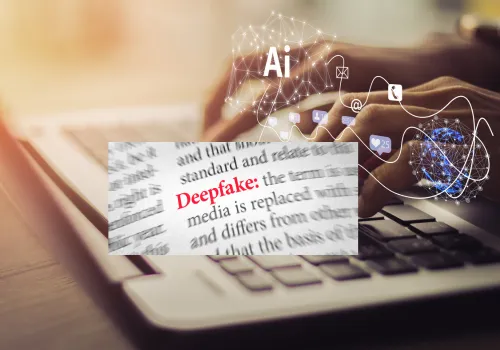Deep Fake Technology – Pros And Cons

Deep Fake Examples
Deep Fake Pros
Deepfake technology offers three significant advantages for marketers:
Cost-Effective Video Campaigns: Marketers can reduce expenses by sidestepping the need for in-person actors. Instead, they can acquire a license for an actor’s identity, use existing digital recordings, and craft a new video.
Enhanced Omni-Channel Campaigns: Deepfakes, devoid of in-person actors, facilitate content repurposing across diverse marketing channels with minimal time and cost. Marketers can effortlessly edit video cuts for social campaigns or generate synthetic dialogue for podcasts and radio ads.
Hyper-Personalization: This technology enables a hyper-personalized marketing approach, tailoring messaging and experiences to individual customer preferences. From adjusting a model’s skin tone to match a customer’s ethnicity to providing videos in multiple languages, deepfakes enhance inclusivity and and broaden market reach.
Deep Fake Cons
Regrettably, deepfake videos have been exploited for dubious purposes, posing challenges for marketers:
Lack of Trust: The primary concern revolves around the creation of fake videos, making it difficult to verify their authenticity. Marketers risk ethical violations if consumers perceive manipulation through deepfake campaigns.
Increase in Scams: Deepfake technology opens the door to potential scams, including false accusations against companies. Scammers can manipulate recordings to create deceptive narratives, leading to financial losses and damage to brand reputation.
How Marketers Can Leverage Deepfakes
Despite the risks, marketers can harness deepfake technology creatively in their campaigns:
Influencer Campaigns: Utilize a bank of digital footage to seamlessly integrate top influencers into campaigns, or resurrect historical influencers using their existing recordings.
Experiential Campaigns: Immerse consumers in a unique shopping experience by superimposing their faces onto models to preview products.
Nostalgic Ad Campaigns: Create deepfakes for entertainment and nostalgia, as demonstrated by State Farm’s ad for “The Last Dance,” blending old footage with current contexts.
Product Demos: Offer personalized product demos by incorporating actual clients using the product, enhancing the experiential aspect.
